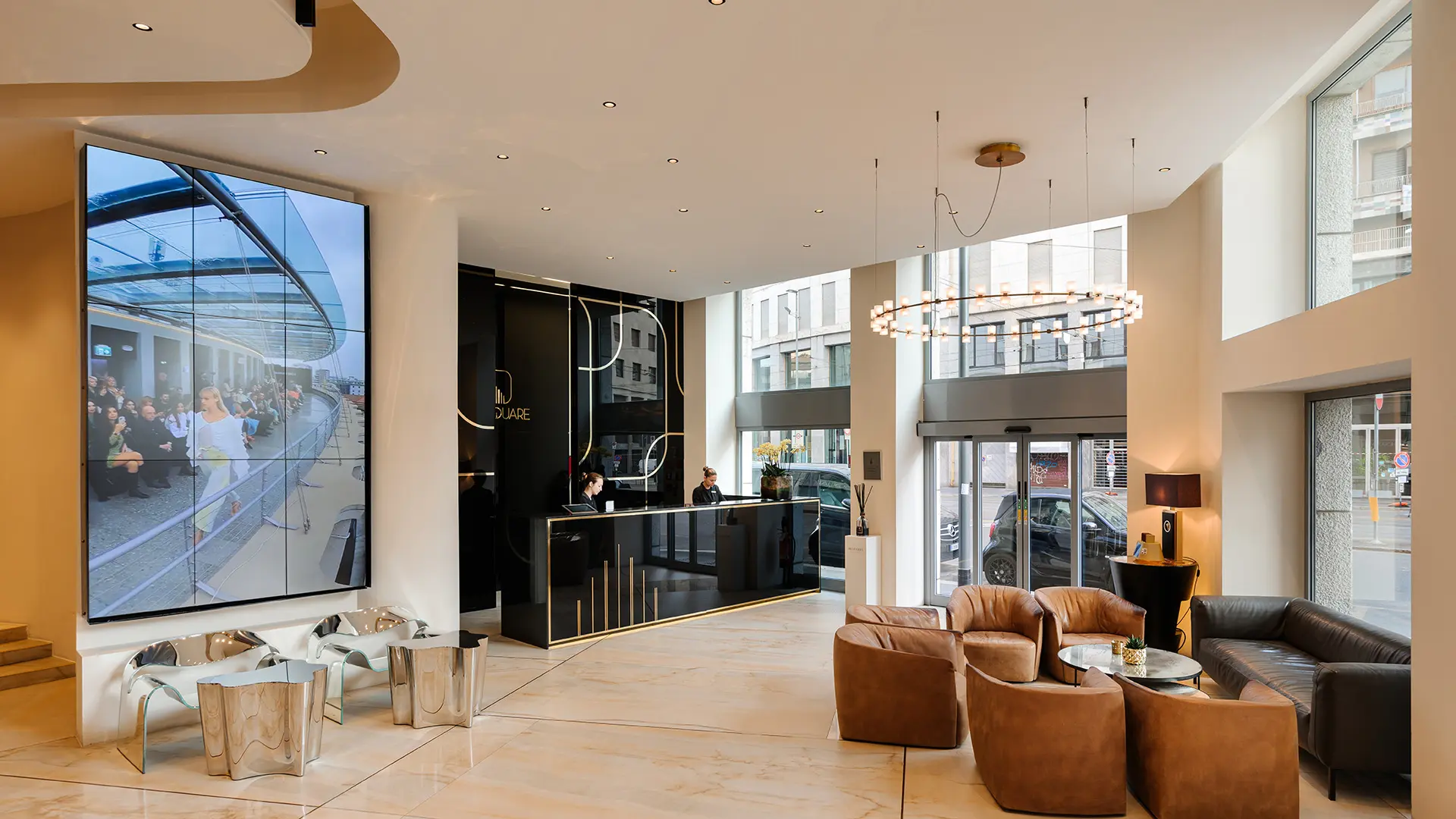In partnership with MiCodmc, a selection of establishments ripe for discovery during the 64th edition of the Salone del Mobile.Milano, from 21 to 26 April 2026
Nendo from 2002 to 2020, in a thousand pages and two volumes

Phaidon has added a second volume to its anthology of products by the Japanese designer Oki Sato and his team, documenting its extensive output over the last 13 years
Over the last few months of 2021, Nendo has already expanded its long list of projects - from the Tokyo 2020 Olympic cauldron to a concept for a Buddhist altar, the Chaise Medaillon 3.0, a reinterpretation of Christian Dior’s iconic chair and Theaster Gates’s project to mark the 25th anniversary of Wallpaper and more. Not surprisingly, it has taken a total of 1,000 pages, split into two volumes, to encompass everything the Japanese studio has produced since 2002. The first volume was published in 2019, the year Nendo was named Designer of the Year by Architektur & Wohnen – while the second, covering 2016 to 2020, has not long hit the bookstands.
Phaidon’s publication will undoubtedly be enthusiastically received by Oki Sato’s legions of fans from all over the world, given the universal fame of his name and that of the studio he set up. Especially because, given the typological variety, the numeric quantity (legend has it that the studio works on 100 projects every year) and the large number of international brands it collaborates with, staying up to date is no easy matter and something could easily slip through unheeded. The pages act as a sort of showcase for the entire collection - the products, the installations, the packaging, the interior design projects and, as the most recent volume reminds us, the architectural ventures. The introduction by Tony Ellwood, director of the National Gallery of Victoria, in Melbourne, underscores the fact that it is the studio’s multidisciplinary bias that brings together and guides everything, contrives to come up with the solutions. Looked at closely, the anthology of photographs and texts reveals something about the organisation of the studio’s Tokyo offices – from the tried and tested communication machine that produces effective still lifes and accurate descriptions, with which every single thing is circulated and documented, as well as collecting the invariably very clear-cut linear sketches that spell out the generative process. It is an accessible and interesting compendium of the studio’s creativity. Scale isn’t really important. Each piece has already anticipated the gestures, the purpose, and the possible questions of the user. It mixes the digital and physical worlds. Turns on its head and interprets the meaning and the expectations around the perception of lightness of softness, of small and large, of the physical and of the intangible - all the more surprising by being hidden behind the poetic quality, the composition and the aesthetics. By what we would call its “non-style,” which in fact serves as a watertight signature, although the intentions are neither self-congratulatory nor self-referential.
The aesthetics are often drawn from nature or natural phenomena, even in the least expected sorts of objects. It also goes without saying that Nendo gives nature its rightful place in its architectural projects. Basically, it becomes clear that every form is as if it had been “pictured,” before being created and that every solution is a part of this. Perhaps all designers work like this, or perhaps that’s not remotely the case. However, every single thing, individually or collectively, seems to give off this impression. Every single thing – by subtraction or addition – also seems to stem from the previous or the following one, like a chapter in an imaginary book in which a constant flow of new characters destined to enlarge the same enormous family is introduced. The book itself demonstrates this perfectly.
Title: Nendo 2016-2020
Introduction: Tony Ellwood AM
Published by: Phaidon
Published: 2021
Pages: 479
Language: English


 Stories
Stories








